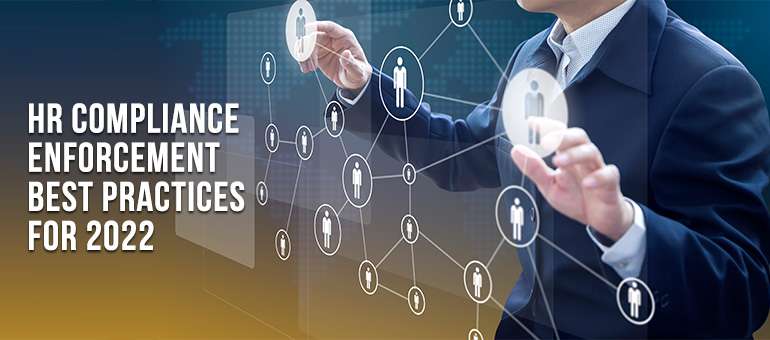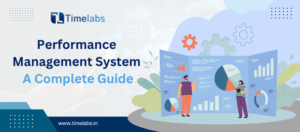Successful HR professionals need to supervise a broad range of tasks that compete for their attention, from administration to recruiting and employee retention. Compliance, on the other hand, is fraught with risk and typically takes precedence over other duties. So, how can you be sure that your employees are adhering to federal and state regulations while still maximizing efficiency? Here’s everything you need to know about compliance with HR legislation, including best practices.
What is HR Compliance?
To guarantee that your work operations and employees adhere to applicable laws and regulations, HR compliance involves adopting policies and processes. Central & state legislations must also be followed in addition to employment standards. As the complexity and regularity of government audits have expanded, businesses have been given a clear warning that they either comply or face the repercussions.
Enforcing HR Compliance: Best Practices For 2022
#1 An HR Data Governance Plan Should Preferably Last Six Years
Any irregularity in HR data will be recognized as non-compliant and audited by both internal and external auditors on a frequent basis. As a result, having a comprehensive data governance framework in place is essential to ensure that all important data is recorded and tracked.
If your data storage requirements change, your data governance strategy must be updated correspondingly. Year-over-year data may also be used to track critical trends, such as whether or not you are on schedule to meet time-bound targets.
#2 Observe Legal Reforms
Regulatory compliance is HR’s responsibility, and it must be maintained at all times. In order to stay in compliance with employee guidelines, administrators must develop a technique to track changes in the workforce.
Federal and state labor department newsletters are a great method to stay updated on employment laws. These memberships will notify you about modifications in both local and federal regulations that may have an impact on your firm.
#3 Make a Record of Your Processes
Human resources should keep track of the steps taken to ensure compliance. Having a written protocol in place helps HR administrators ensure that their actions are consistent and accurate. The policies and procedures of your firm should be included in your company’s Culture Guide or employee handbook, and updated at least once a year or more frequently.
Particularly in light of the substantial employee churn rate in the United States, this may be quite beneficial. You can retain consistency even if employees in the positions responsible switch since you have documented standard rules in clear and precise detail.
#4 An Annual Review of Your HR Compliance Manual Is Necessary
Your HR compliance playbook must be constantly updated because of the wide range of data and details involved. A yearly update is an excellent idea since it will include all of the new rules and regulations that have been implemented during the previous year. Additionally, any provincial regulations enacted during the coronavirus epidemic should also be removed from this update.
Share a simplified version of the compliance handbook with the whole organization. In turn, this will promote an environment of honesty in the workplace and help to streamline procedures.
#5 Make Your Workplace More Transparent
When it comes to ensuring compliance, communication is essential. Ensure that your workers understand what’s required of them and why. It’s not enough for HR and management to simply talk about compliance; they need to show that they’re serious about it.
Employees should have access to notifications once they’ve received and verified their acknowledgement, much as they do with emails. In order to make it easier for employees, it should be accessible via the business intranet. It’s easier to avoid mistakes and noncompliance fines when your operations are as open and transparent as possible.
#6 Ensure Consistent Compliance via Regular Training and Support
Small and medium-sized businesses (SMBs) often rely on HR to train their employees as well as ensure compliance. As a result, if you’re trying to increase workplace compliance, you’ll need to train your employees in best practices.
Make sure your office is aware of the current standards and procedures affecting your business on a frequent basis. Role-playing and actual compliance guidance can also be given in a dedicated training session.
Conclusion
It may appear like HR compliance is all about following the rules, but if you delve a little further, you’ll find that it has a significant impact on employee engagements and the organization as a whole. An employee-centric approach to compliance helps you create a secure, happy, and respectful work environment where your employees are motivated to help your company succeed.



